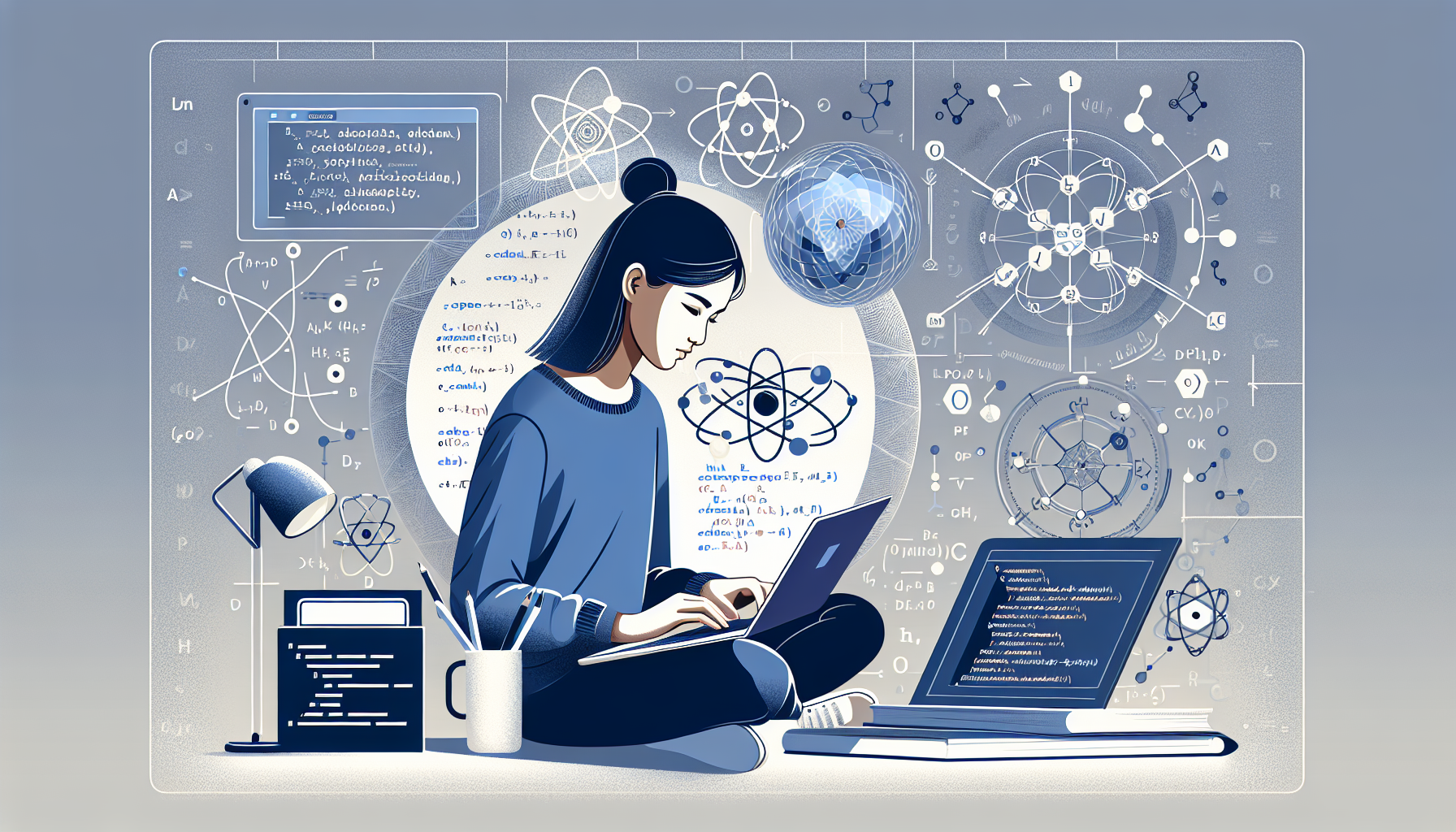Collaborative learning in STEM classrooms often presents a curious mix of obstacles and surprising solutions for college students. Navigating tough subjects like calculus and physics can be daunting, but working together unlocks innovative approaches to understanding, making the journey more engaging and manageable.
Mastering Complex STEM Concepts Through Group Study
Learning STEM subjects can be challenging, but studying in groups can make mastering complex concepts much easier. When students team up, they can tackle difficult problems by sharing different perspectives and approaches.
Group study often leads to a deeper understanding of subject material because students teach each other, reinforcing their own knowledge. By engaging in discussions and solving problems together, they clarify doubts and fill knowledge gaps.
Peer support and motivation
Working in a group adds a layer of motivation and support. Students can boost each other’s confidence, helping those who may feel overwhelmed by the intricacy of topics like calculus, chemistry, or physics. This collaborative spirit can lead to better outcomes in exams and coursework.
Moreover, being part of a study group fosters accountability. Students are more likely to stay on track and complete their study goals when they have peers relying on them too.
Developing communication skills
Regular participation in group study sessions also enhances communication skills, which are crucial in the STEM field. Students learn to articulate their thoughts clearly and listen to others, skills essential for collaborative scientific and engineering projects later in their careers.
Utilizing these experiences can turn group study into an invaluable component of a student’s educational journey, ensuring they not only master difficult concepts but also grow as effective communicators and thinkers.
Enhancing Problem-solving Skills With Collaborative STEM Exercises
Working together on STEM exercises can significantly enhance problem-solving skills. When students join forces, they exchange ideas and approaches, providing a broader view of the task at hand. This collaboration allows them to tackle challenging problems they might struggle with individually.
During group exercises, each student brings their unique strengths to the table, fostering an environment where diverse strategies are developed. This experience helps build critical thinking skills, as students critique and refine solutions through peer feedback and brainstorming.
Building teamwork and leadership
Engaging in collaborative exercises not only improves problem-solving skills but also promotes teamwork and leadership. Students learn how to organize and delegate tasks effectively, ensuring that everyone contributes their part to the group’s success.
These activities help students understand the value of working well with others and prepare them for future collaborative work environments, a vital skill in STEM fields.
Real-world application
Collaborative STEM exercises often mimic real-world scenarios, providing practical experience that is invaluable for future careers. By engaging in these exercises, students gain hands-on experience in applying their theoretical knowledge to solve actual problems.
Overall, these group tasks encourage students to think critically and adapt to various situations, boosting their confidence and competency in STEM subjects.
Course Success With Collaborative Study Techniques In STEM
Using collaborative study techniques can lead to great success in STEM courses. When students work together, they can cover more material and understand it better by dividing topics and explaining concepts to one another. This method makes it easier to tackle difficult subjects and ensures that everyone stays engaged.
Group discussions allow students to explore various viewpoints and develop a deeper understanding. These interactions not only help clarify complex ideas but also reveal different ways to approach problems, enriching the learning experience.
Building confidence and engagement
Collaborative techniques help build confidence among students. When they study together, they support each other and feel more capable of handling challenging subjects. This positive environment encourages active participation, fostering a sense of community and shared achievement.
Maximizing resources and efficiency
Study groups can also maximize learning resources and time efficiency. Students can share notes, access multiple textbooks, and use different learning tools, ensuring they get the most out of available resources. Collaborative study ensures that more content is covered in less time, leading to improved performance in exams and assignments.
By promoting cooperation and interaction, these techniques equip students with skills that benefit them in both their academic and future professional lives.


